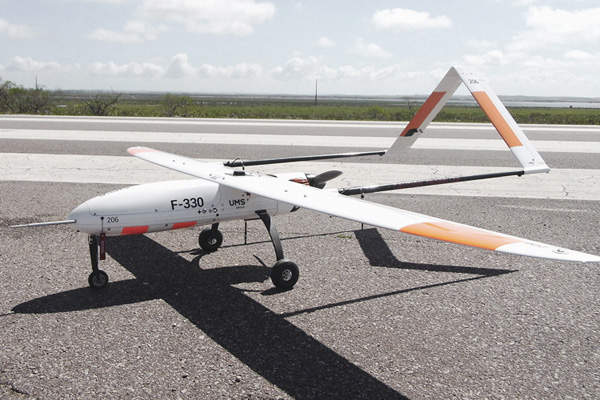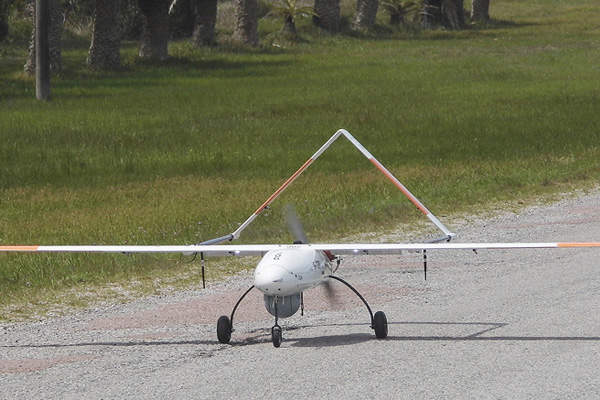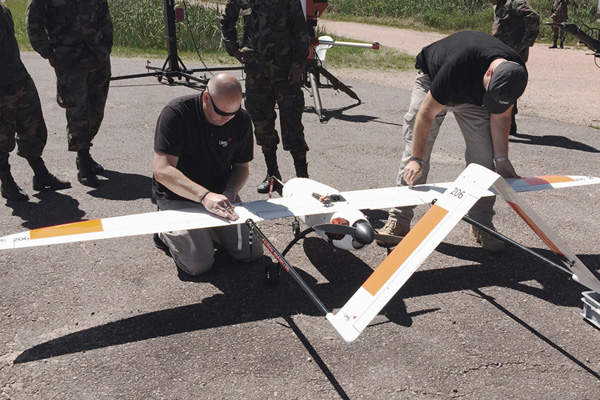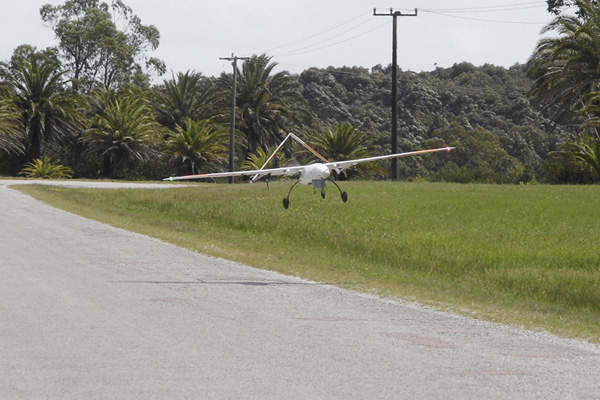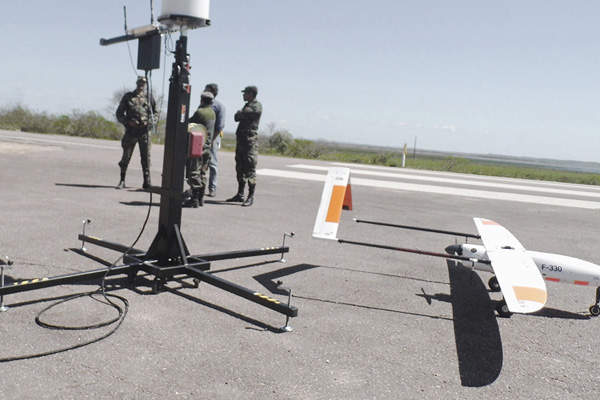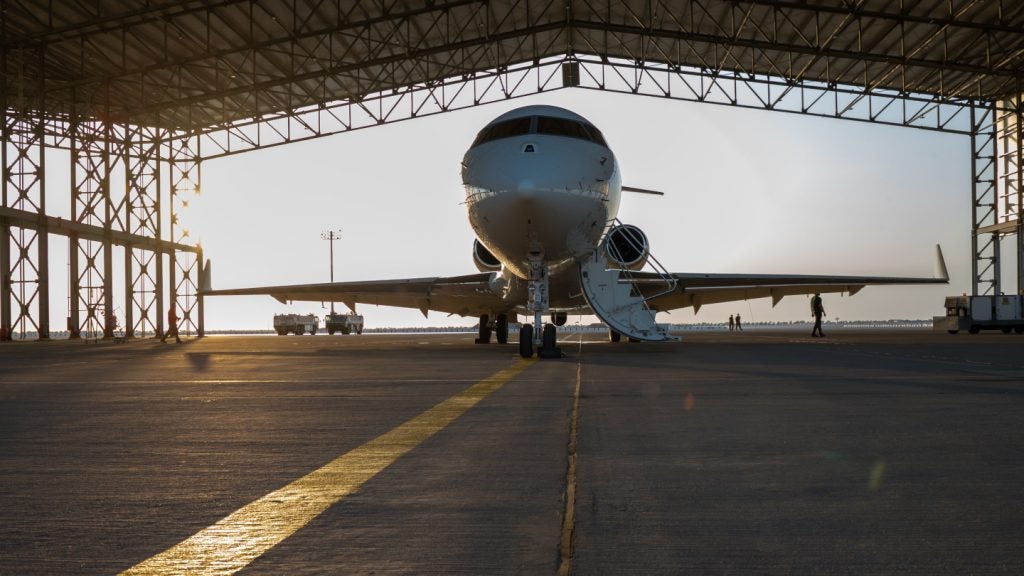The F-330 is a tactical, fixed wing, remotely piloted air system (RPAS) designed and developed by unmanned systems developer and manufacturer UMS AERO Group.
The unmanned air system (UAS) can be deployed in military applications including convoy support, route surveillance, reconnaissance and direct support. It can also be used in airborne police support, agricultural surveillance / monitoring and other civil applications.
UMS AERO conducted the research and development flights of the UAS in Hultsfred, Sweden, in February 2014. The unmanned system was also demonstrated to the governments of Uruguay, Latvia, and Swedish armed forces in February 2014.
In October 2014, UMS AERO demonstrated potential military and civil capabilities of the F-330 air system to the Uruguayan Army and Ministry of Defence, and other national and civil authorities in Uruguay. The UAV successfully performed a two-hour test flight during the demonstration.
F-330 RPAS design and features
The Boeing joint unmanned combat air system X-45 is an unmanned combat air vehicle being developed for strike missions such as Suppression of Enemy Air Defence (SEAD), electronic warfare and associated operations.
The F-330 conventional take-off and landing air system features sleek and efficient design. It incorporates cutting-edge technology and delivers high-performance. It is capable of operating from unprepared rough strips during both day and night. The UAS is free from International Traffic in Arms Regulations (ITAR).
The unmanned aerial vehicle has a length of 2.27m, height of 0.9m and a wing span of 3.3m. The maximum take-off weight is 21.5kg and the payload carrying capacity is up to 10kg.
The tactical aircraft is easy to operate and requires low operating costs. It can perform take-off and landing on runways, and can be optionally launched by a catapult or car-top launcher and recovered by a parachute recovery system. The drone is fitted with a tricycle landing gear to facilitate safe take-off and landing. Meanwhile, the inverted V-tail design of the UAS offers increased stability.
The F-330 is equipped with a wide range of standard subsystems including engine, brakes, flaps, parachute module, servos, and military standard packaging. It is also installed with an autopilot for full autonomous capability during the flight, and a global positioning system (GPS) to provide position data. The system can also be installed with optional equipment for different mission needs.
Payloads attached to F-330
The F-330 remotely piloted air system is attached with a large payload bay under the nose. Advanced stabilised electro-optical (EO) and infrared (IR) sensors are integrated into the payload bay, as is a pilot camera, hyper-spectral and multi-spectral cameras to provide improved aerial surveillance.
Also integrated are signals intelligence (SIGINT) / electronicintelligence (ELINT) systems, communication relay systems, and image transmission systems.
The payload bay can be configured with a wide variety of payload systems based on the customer requirements.
Ground control system
The UMS’ rugged, reliable, portable ground control station (GCS) is used to control the F-330 unmanned air system and its payloads. The GCS offers increased operational flexibility and can be carried in SUVs, trucks, mini-vans, containers and ships.
F-330 RPAS performance
The F-330 fixed wing tactical remotely piloted aircraft system can attain a cruise speed of 22m/s and a maximum level speed of 36m/s. It has an operational range of 50km and can conduct missions for more than eight hours.
It requires a take-off distance of 30m. The drone can be optionally equipped with a fuel injected engine.

